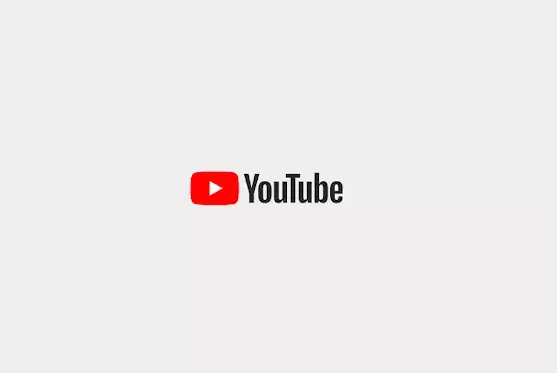YouTube’s recent update to its Advertiser Friendly Guidelines marks a pivotal shift that speaks directly to the heart of content creator freedom and platform evolution. Historically conservative about profanity and violent content, the platform has now adopted a more flexible stance that recognizes the evolving landscape of digital entertainment. Creators, especially in the gaming and comedy niches, have long felt constrained by rigid policies that stifled authentic expression. The reversal of previous restrictions, allowing early use of profanity without risking demonetization, signifies a recognition that modern audiences crave genuine, uncensored experiences and that content charisma often relies on unfiltered language. This policy change does not merely adjust a rule; it challenges the platform’s identity, positioning YouTube as more creator-centric and adaptable.
The Importance of Early-Frame Profanity and Advertising Dynamics
One of the more nuanced aspects of this update is its focus on the first seven seconds of a video. Previously, profanity at the start of a clip would automatically trigger restrictions, creating a tight leash on how creators could kick off their content. The reasoning was rooted in advertiser comfort—face value and perception heavily influence ad placements. However, the new guidelines reveal a deeper understanding: advertisers are now able to target content with specific levels of profanity with greater control, diminishing the necessity for stringent early content restrictions. By reassessing the importance of initial milliseconds, YouTube acknowledges that authentic, engaging intros often set the tone for a viewer’s experience and that placing blanket bans on early language was both limiting and somewhat outdated. The platform’s confidence to permit early profanity indicates a strategic shift towards balancing monetization possibilities with advertiser interests, empowering creators to craft more dynamic and honest content without fear of immediate penalties.
Implications for Content Creators and Cultural Expression
This policy evolution is more than administrative—it’s a nod toward the growing cultural acceptance of language that reflects real life. Creators have often faced a moral dilemma: remain authentic and risk demonetization, or sanitize their content to secure revenue. The latest changes blur this binary, offering a middle ground that embraces candor while still respecting platform guidelines. For creators, particularly those whose work involves critical commentary, fast-paced gaming, or comedic routines, this freedom translates into richer storytelling and more engaging interactions with their audience. However, the policy maintains boundaries around high-frequency or particularly offensive language in titles, thumbnails, and overall video content, asserting that quality control still matters. This nuanced approach illustrates YouTube’s attempt to strike a balance—preserving creative integrity without undermining advertisers’ comfort.
The Power Shift: From Platform Control to Creator Autonomy
By loosening restrictions, YouTube seems to be relinquishing some control in favor of fostering a more autonomous creator community. This is not just a tactical adjustment but an ideological one. The platform’s recognition that content authenticity often involves imperfect language aligns with broader societal shifts toward candidness and complexity in digital expression. Creators now possess more power to shape their narratives, connect with audiences, and build brands without the constant fear of monetization loss due to the presence of strong language. It subtly encourages a culture where expressive freedom is valued as part of authentic storytelling, suggesting that YouTube is willing to evolve alongside its community. The move can also be seen as an effort to stay competitive—if creators feel restricted, they might migrate to platforms with looser policies. This change signals YouTube’s intent to retain and attract talent by offering a more liberated creative environment.
Potential Challenges and Future Outlook
Yet, this newfound freedom is not without its risks. The increased leeway around profanity and content restrictions might lead to debates about decency, community standards, and the platform’s global reach. While YouTube emphasizes that restrictions remain in place for moderate or frequent strong profanity, some may worry this could open floodgates for more provocative content. Furthermore, advertisers might recalibrate their targeting strategies, aligning with the platform’s more permissive stance, or possibly pulling back if their brand image conflicts with edgier content. The platform’s challenge will be maintaining a delicate equilibrium—supporting creative expression while safeguarding its reputation among advertisers and diverse audiences. Future developments will likely hinge on how well YouTube manages this balancing act, and whether creators continue to push boundaries or self-regulate to avoid potential backlash or restrictions.
In essence, YouTube’s update represents a bold step toward a more inclusive and realistic digital environment. While it encourages freer artistic expression, it also calls for responsible moderation and thoughtful navigation of new boundaries. For creators, this is not just a policy change; it is an invitation to redefine what is possible within the platform’s ecosystem.

